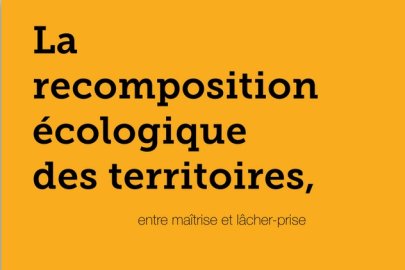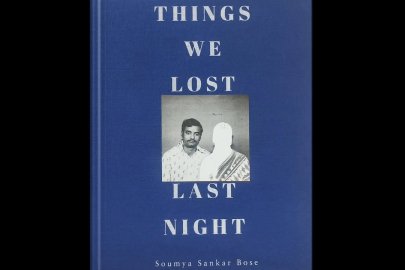Living in a mediatised world
Guido Nicolosi
Living in the contemporary world also means living in a mediatised way.

Globalisation implies a new cultural ‘import-export’ that requires us to rethink traditional concepts of life and borders, in a world increasingly characterised by flows of people, images, symbols, etc. (Clifford, 1997). This does not mean the end of a world made up of habits, attachments, belonging, places or affections. It simply means that the world has taken on a much more dynamic configuration than in the past, and that this dynamism is both material (the movement of bodies and objects through places) and immaterial (the movement of images and communication in and out of the world). This new configuration affects everyone and concerns both large-scale mobility (migration) and small-scale, everyday mobility. The new digital media are a fundamental infrastructure (not the only one, just think of the means of transport) of this new configuration. For this reason, sociology must learn to read the ‘social as mobility’ (Urry, 2007), recognising the porosity of traditional boundaries (local and national) and interpreting at least five interdependent forms of mobility:
- the physical movement of bodies
- the physical movement of objects
- imaginative journeys (through traditional media) ;
- virtual journeys (through new digital media);
- mobile communication journeys.
A highly connected world such as ours has given rise to a new form of presence in relation to the classic presence/absence dichotomy: ‘connected presence’. This is a model in which the social bond is constructed through multiple modes of communication, and in which co-presence can coexist at the same level as an ‘immaterial’ communicative exchange. From this perspective, says Licoppe (2012), presence is no longer opposed to absence, but to silence. However, the critical implications of the omnipresence and ubiquity of new digital technologies are manifold (Turkle, 2011). Social actors turn to new technologies to fill a void, but as technology becomes more present, our emotional lives tend to disappear: new disruptive relationships between friends, lovers, parents and children, and new instabilities in the way we conceive of privacy and community, intimacy and solitude. Many authors are sounding the alarm, telling a story of emotional upheaval, of risks taken unconsciously, of face-to-face relationships made superficial to give space and time to distant ones, inevitably experienced in an equally superficial way.
But this is not the only challenge posed by the omnipresence of digital media. We live in a world in which the tasks of processing, accumulating and retrieving information are increasingly, if not entirely, carried out in the context of networks, digital devices and artificial intelligence. The stakes are obviously very high. In fact, it's not just a question of understanding the risks of a possible cognitive weakening of our ability to remember and therefore also to know the world. We are also, and above all, referring to the need to understand what mechanisms are already in place to control and possess our memory, our social, cultural and collective memory. The question is: what remains of our identity when we cease to own our memory? If, as individuals and as a community, we no longer own the archives of our memories, but only the usufruct, guaranteed by simple access to immaterial archives. This seems to me to be a vitally important question if we are to understand how to inhabit the world of tomorrow.
Bibliography
- Clifford, J. (1997), Routes: Travel and Translation in the Late Twentieth Century, Harvard University Press, Cambridge (MA).
- Licoppe, C., Les formes de la présence, ‘Revue française des sciences de l'information et de la communication’, 1, 2012, pp. 2-17.
- Turkle, S. (2011), Alone Together. Why We Expect More from Technology and Less from Each Other, New York, Basic Books.
- Urry, J. (2007), Mobilities, Polity Press, Cambridge (UK).









